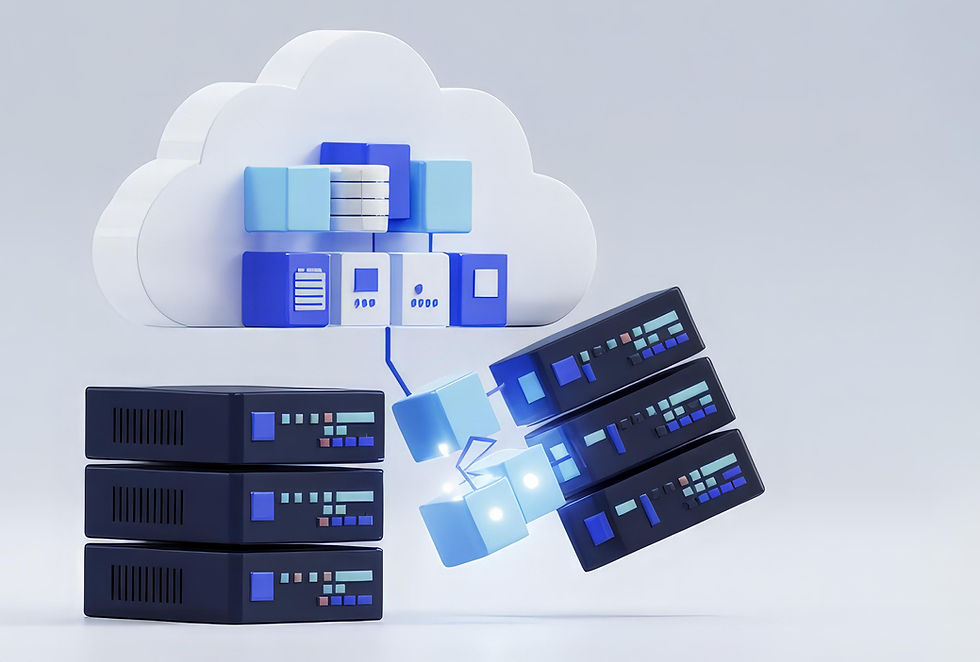Data Security Lessons Learned from SharePoint 2016 Vulnerability
- aphare
- Sep 15
- 3 min read
Updated: Sep 19

We recently learned about a significant security vulnerability in SharePoint 2016 and earlier on-premises versions. The good news is Microsoft has already provided helpful guidance to fix this issue for SharePoint 2016, and you can find those details here.
Incidents like this can feel overwhelming, and particularly so for anyone focused on security or data protection. When a major, worldwide software provider faces a challenge such as this, it’s natural to feel concerned. But every challenge is an opportunity to strengthen our defenses. This situation reminds us how important it is to keep our systems resilient and our data well protected, especially as threats continue to evolve.
Let’s break down a few important things to keep in mind:
First, consider how you’re protecting your on-premises assets. Modern tools, such as Defender in Microsoft 365, can be set up to offer another layer of protection for on-premises servers. These tools provide smarter threat detection and can help spot issues before they become serious problems. It’s also crucial to make sure your endpoints are fully protected with the latest security updates, particularly those running critical infrastructure.
Modern tools don’t just boost your defenses; they provide clear insights into what’s happening in your environment. Features powered by artificial intelligence can highlight suspicious activity, helping you spot risks before they escalate.
Another important consideration is looking at the software itself: SharePoint 2016 is approaching its end of life, with support ending in 2025. While the idea of migrating to a new system can seem daunting, it’s important to weigh the risks and benefits of staying on older software.
Many IT admins know the struggle of keeping aging systems running. In fact, we have a client who often jokes about how their 15+ year old document management system was so fragile that, one: they couldn't bear to think about how hard it would be to migrate out of it, and two: they have a little party every morning when the system boots up without an error.
Thankfully, software vendors are listening, and maintaining or upgrading software is getting easier. Cloud solutions (SaaS) simplify maintenance even further, as updates and security improvements happen automatically. However, shifting to the cloud means considering factors like data residency and ownership, so it’s about finding the right balance for your organization.
Many organizations, including those with strict data protection requirements, find it possible to use cloud solutions effectively, even in complex regulatory environments. It's easy to write off cloud solutions as being too risky, but I encourage all clients to do a deep analysis on whether it's possible to use cloud solutions (e.g. SharePoint Online) in place of older on-premises solutions.
If you’re open to cloud solutions, they are more secure and manageable than ever. In the Microsoft environment, tools like Defender, Sentinel, Entra, and Purview work together seamlessly to protect your environment. You get robust protection for your data, plus advanced analytics to quickly spot and manage potential threats.
Ultimately, there’s no one-size-fits-all answer. Whether you’re focused on securing your current systems or thinking about a move to the cloud, there are reliable solutions to support you every step of the way.
Whether you’re looking for guidance on tightening your on-premises security or planning a transition to the cloud, the team at Cadence Solutions is ready and willing to help you navigate the journey ahead.




